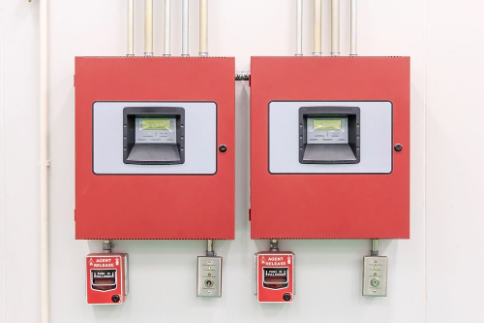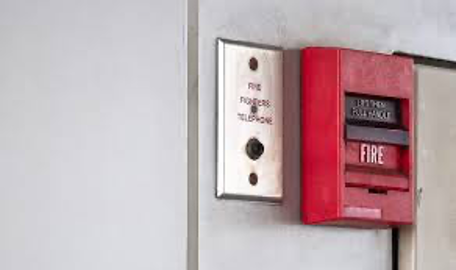In the world of safety and prevention, having a fire detection system is a key investment to safeguard lives and property. These systems are designed to alert building occupants to the presence of fire, facilitating timely evacuation and enabling a rapid response from emergency services. Their implementation not only minimizes risks but also optimizes disaster response, reducing structural damage and protecting the environment.

Classification of Fire Detection Systems:
Fire detection systems can be classified into three categories according to their activation mode:
1. Automatic systems: These are activated autonomously by sensors that identify the presence of smoke, heat, or carbon monoxide.
2. Manual systems: These require a person to activate a device, such as a manual alarm station.
3. Combined systems: These incorporate both modes, allowing for a comprehensive response to an emergency.
These systems are designed for various types of buildings and sectors, including hospitals, industrial buildings, corporations, and hotels, adapting to the specific needs of each environment.

Benefits of a Fire Detection System
1. Early Warning and Safe Evacuation
One of the main benefits of a fire detection system is its ability to provide early warning. This allows occupants to evacuate the building in an organized manner before smoke or flames hinder their exit.
2. Minimizes Property Damage and Protects Infrastructure
By detecting a fire in its early stages, automatic mechanisms such as closing security doors or activating extinguishing systems can be activated, limiting the spread of the fire.
3. Optimizes Emergency Response
Thanks to immediate signaling and notification of emergency services, they can act effectively and contain the situation more quickly.
Key Components of a Fire Alarm System
A fire detection system is made up of various devices that work together to ensure the safety of the facility:
• Fire control panel: This is the brain of the system, centralizing information and coordinating emergency responses.
• Manual stations: These allow occupants to activate the alarm if they detect fire or smoke.
• Smoke, temperature, and carbon monoxide detectors: These are key sensors that identify the presence of fire and toxic gases.
• Strobe lights and sirens: These alert occupants through visual and audible signals.
• Remote annunciators: These provide information about the location of the incident at different points in the building.
• Monitoring and control modules: These manage the activation of auxiliary systems, such as automatic sprinklers or electronic locks for evacuation.

A fire detection system is not only a safety requirement, but a fundamental necessity for any building. Its implementation not only protects people but also reduces economic losses and ensures the operational continuity of any business or institution. Investing in a quality system means investing in the safety and well-being of everyone.





